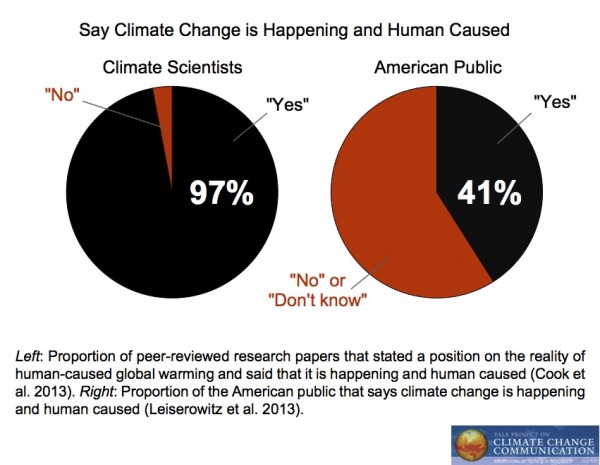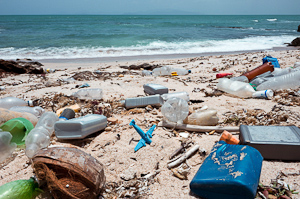I am Veda. As a freshmen at Saratoga High School... let me start by saying... it's not as bad as you think it is. Freshmen year depending on the classes you take can be enjoyable if you do homework and pay attention in class-shocker i know. I took Geometry and Bio, duh, and found both classes to be relatively well paced. I play three sports and found it easy to manage my time wisely and turn in all my homework on time. I also am in MAP which gets better trust me.
As a teacher, Mr. Orre likes it when you follow rules... a huge expectation for a teacher to have I KNOW. You can joke around with him but when he is talking, you are expected to listen to what he says and do as he instructs. Being a split classroom, we do an awful lot of labs and write-ups on our blogs, and listening to instructions and turning them in on time is essential to maintain a passing grade. If you do well on labs and the write-ups and average a C on tests, you will be able to get an A in the class. His tests are hard however, and after studying I got Cs as an average on all my tests. Our notebooks contain everything in them and are organized how Mr. Orre wishes it to be. Another thing, don't skip vodcasts; it's an endless cycle that you struggle to break. We also keep a blog and here is a link to my personal favorite blog post...http://vedabioblog.blogspot.com/2017/04/unit-8-reflection.html
Some things I did this semester that kicked me in the butt was doing the vodcasts, or not doing them is more accurate. I would skip them and at the end of the week realize i had five thirty minute videos to watch and make-up. Another thing is studying. Study for biology, it's a hard class and covers a lot of material, don't put it off to the end. Also, don't get on Mr. Orre's bad side. This doesn't really affect me, but some student I know have gotten on his bad side and deeply regretted it.
I liked this class, however, I am not interested in Biology as much as you may be. I am into the conservation part and found that to be the most exciting unit, but the rest was just learned to pass the class. Even though that works, having an interest and going beyond expectations is a really good idea. I am taking Chem next year because I know I will not be able to keep up with Chem Honors. Overall, do your vodcasts, listen to Mr. Orre, and apply what you learn in this class to your life. Since this is my last blog post forever I shall sign off in a manner of true excellence.
BE EXCELLENT MY DUDE,
VEDA








